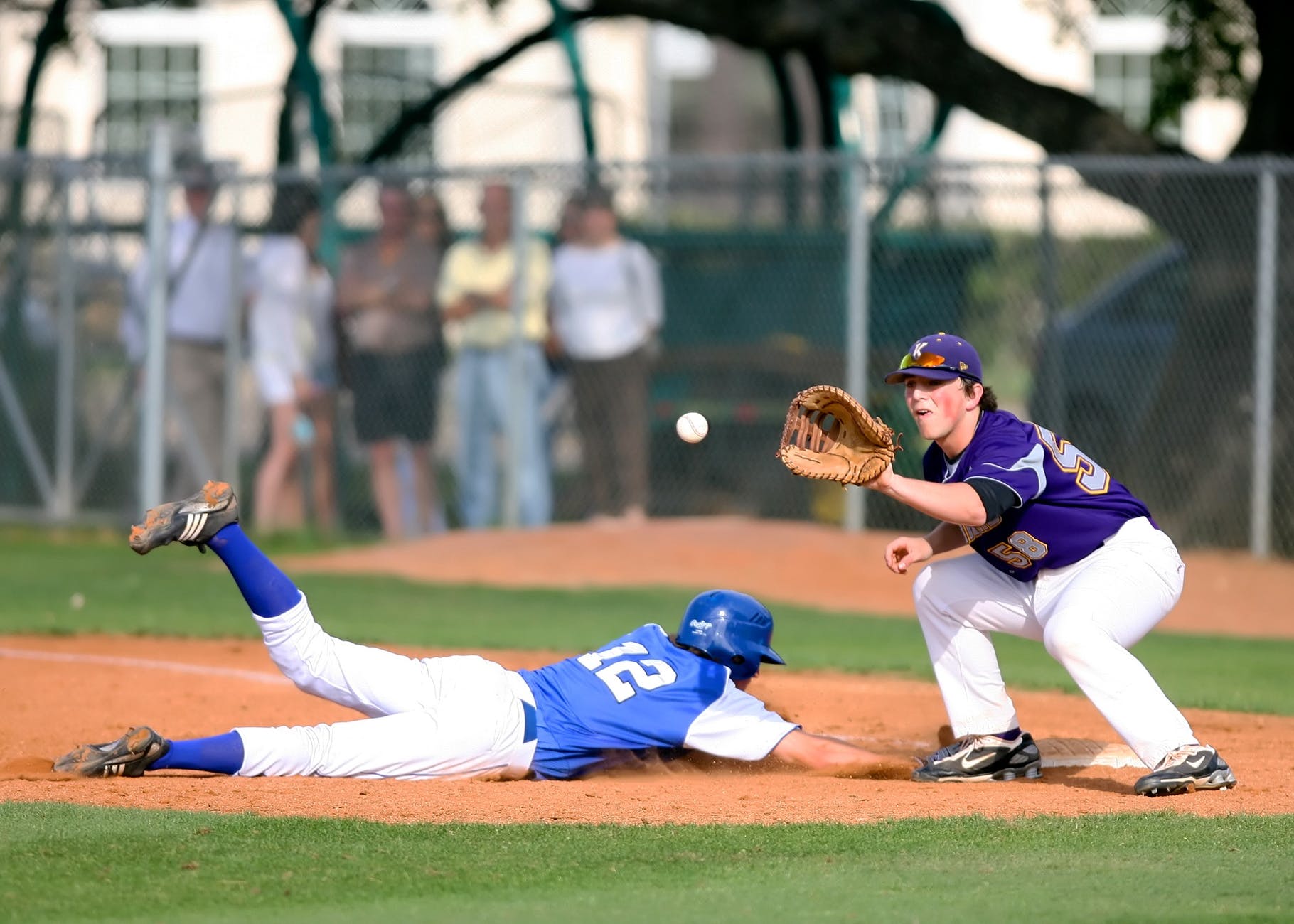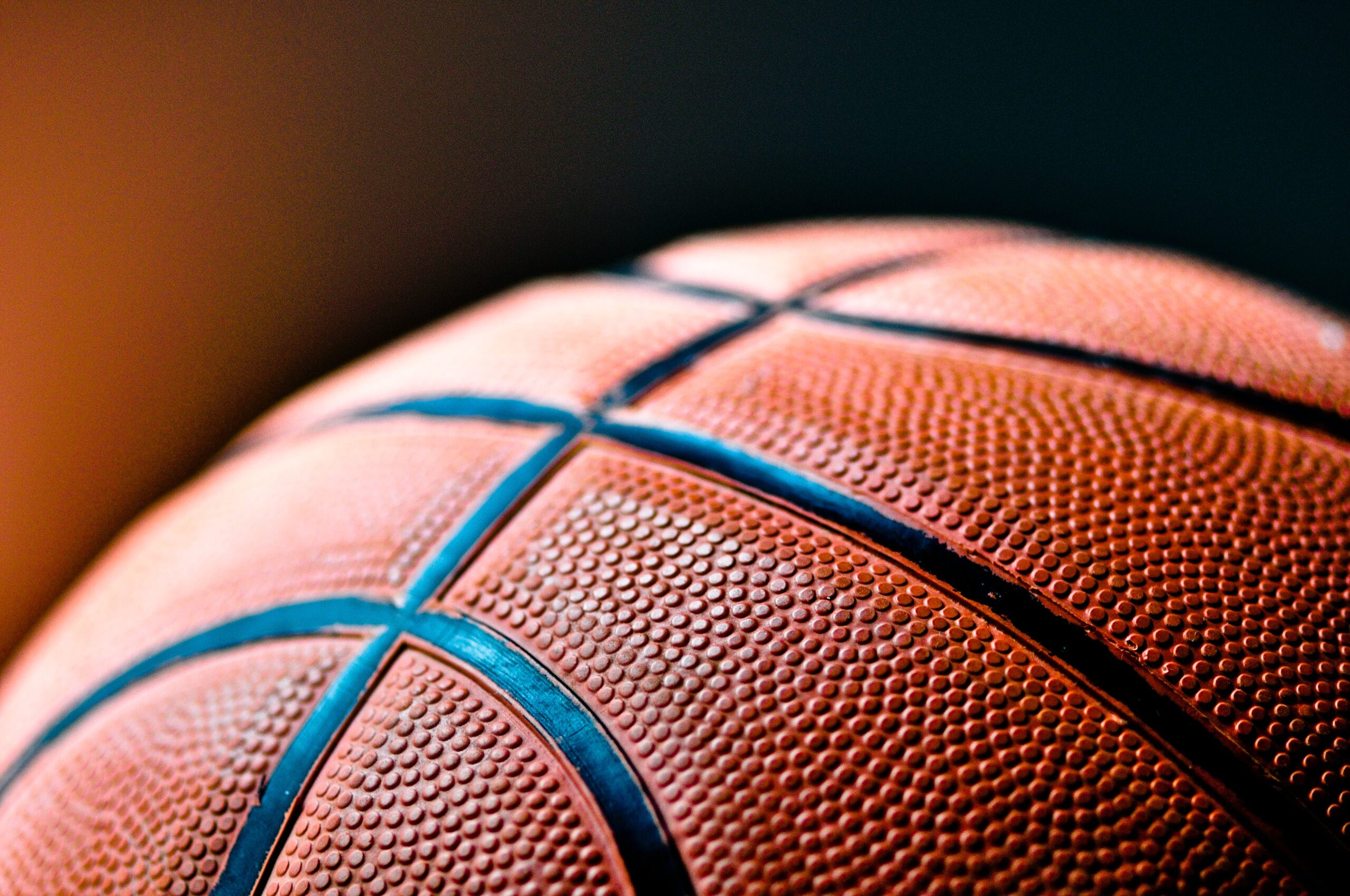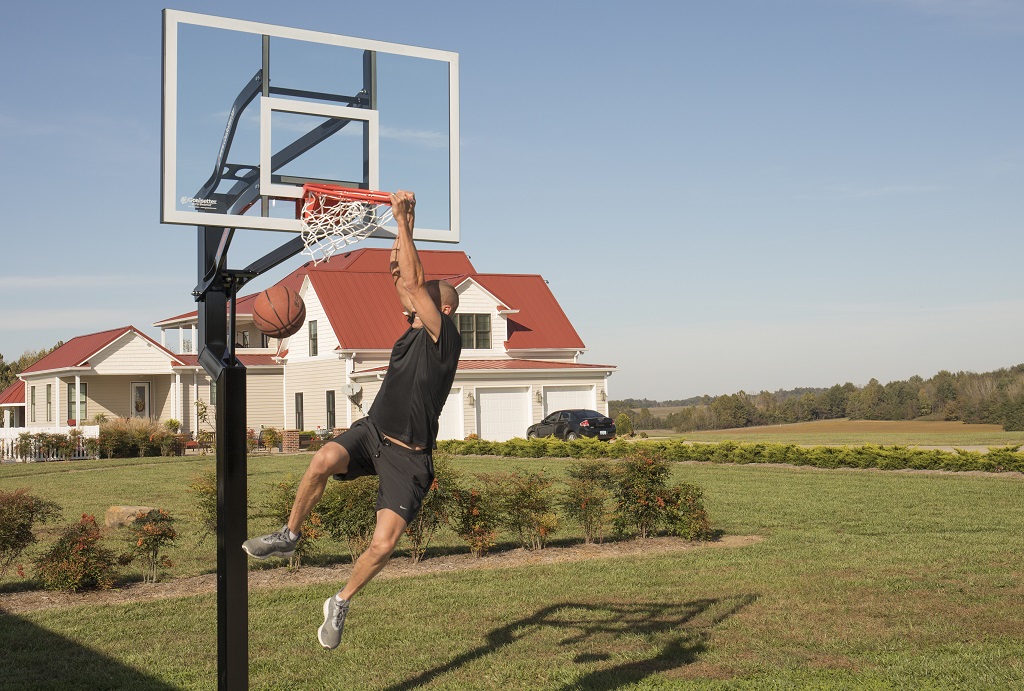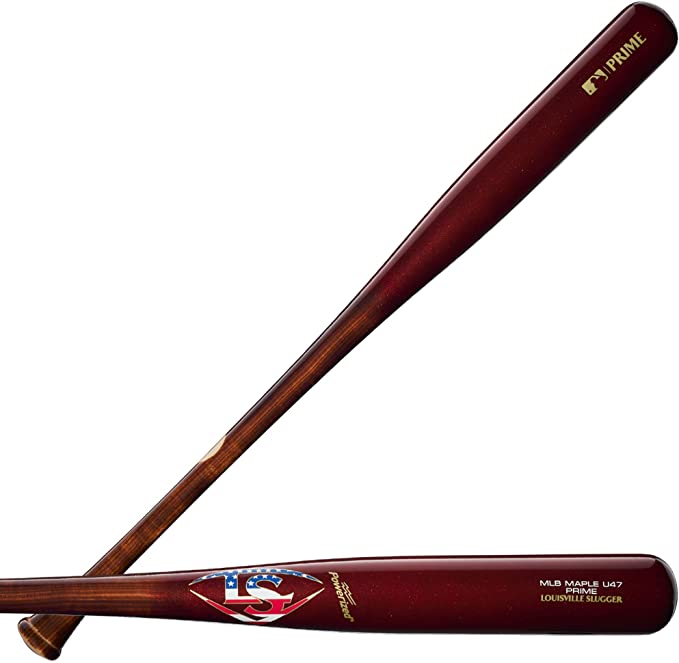Baseball is a game with many complex sets of rules. The game is played on a diamond, with the infield chosen by the defense team. When you first start playing baseball, or any sport for that matter, it can be difficult to master all of the correct techniques. Many people, especially beginners, are very interested in learning how to get better at baseball.
To be better at baseball, you need to build a strategy, learn the techniques, understand the game, and list down what you need to master. There are many ways that you can get better at this sport.
In this article, we will be talking about how to get better at Baseball. It will also cover what sequence a Pitcher should have, tips and tricks of a hitter needed to be an effective player, and techniques that can help you improve.
How to get better at Baseball
Baseball is a sport that many people love to watch. It’s also one that many people love to play. Whether you’re playing in the backyard or at work, there are strategies and tips you can use for improving your game.
Baseball is a game of strategy and finesse, so it’s important to know the rules before you start playing. If you are looking to become better at Baseball, you will need to take some time to practice. If you are new, start with the basics and build up your skills. One of the most important skills in Baseball is speed. You can practice by running sprints or doing agility drills.
You can also join a team or play in a league where there are games for different skill levels to play against people who are on the same level and make friends with other players in the league. Finally, if they’re struggling to improve themselves, they should seek a coach who can help them develop their skillset and show them how to do so.
Ways to get better at Baseball
Everything is a mystery, from standing on base to holding a bat until someone demonstrates the correct way to do something. For that reason, here is a list of helpful tips to help you in your quest for baseball greatness.
- Watch the Pros
Watching professional players is one of the best ways to learn how to play better at Baseball or any sport for that matter. By watching professionals playing your specific sport, you can see what they do and how it works. You can learn everything from hitting, pitching, fielding to even throwing a baseball. In addition, watching the pros play will allow you to see which techniques work and which don’t without making any costly mistakes yourself.
- Practice Fielding & Throwing
Trying to hit a home run when you can’t even catch a ball is like skipping steps. It would help if you first worked on the fundamentals before moving on to more advanced techniques such as batting and pitching. Catching and throwing are important skills to gain when you start playing Baseball (or any sport for that matter). The only way to get good at these things is to practice, but don’t forget to have fun while you are at it.
- Timing is Everything
The one thing that always separates the pros from the beginners is timing. I’m not just talking about when to swing, also when to run or get in position to throw. You want to get into position before you need to be there, and it can take time and experience before you feel completely comfortable with your instincts.
- Learn the Fundamentals
The importance of fielding and throwing have already been mentioned, but what about hitting? You can watch all of the how-to videos you want, but nothing will ever beat a little bit of constructive criticism from someone who knows what they are talking about. No matter what level you play, there is always room for improvement and if you want to be the best, learn from the best.
- Spend Some Money – Get Quality Equipment
If you play Baseball enough, the chances are that eventually, your equipment will wear out and need to be replaced. However, buying good-quality gear doesn’t have to cost a fortune either. If you are starting, It is recommended to buy a baseball glove and bat. You can find many reasonably-priced options online these days, with most companies offering free shipping on orders over $50.
- Set Realistic Goals
If you want to develop as a baseball player, you need to set realistic goals. You will never make it to the major leagues if you don’t work towards those goals, and the chances are that your parents won’t let you quit school either. If you want to play college baseball, be prepared for the commitment of time and effort it will take to get there. Likewise, if you want to play high school ball, be prepared for the extra practices and early morning games that come with the commitment.
- Learn Basic Hitting & Pitching Techniques
It would be best to start by learning the fundamentals before moving to more advanced techniques. Those techniques include hitting and pitching, which are the essential skills that you will learn as a player. Of course, you can always work on your swing or perfect your wind-up without disrupting the game around you.
- Work with Your Coach
Your coach will help you improve as a ballplayer and should be someone you can open up to. If you have a problem, the chances are that the coach already knows about it and is just waiting for you to come forward. If not, don’t be afraid to ask questions and let the coach know if something isn’t working for you. A good coach will always want what’s best for their team and players, so don’t be shy to help improve your game.
A good coach will also help you develop your skills, whether pitching or hitting. In addition, many youth baseball programs offer training sessions to their players at little or no cost, so make sure that you take advantage of those opportunities whenever they are available.
How to Hit a Baseball (Tips & Tricks)
Hitting is simple in theory but can be very frustrating when you are striking out all the time. Hitting in itself is an art that requires years of practice and discipline to master, but knowing how to stand and swing the bat is a good start. So here are the tips and tricks on how to hit a ball:
- Hit against a solid front – This does not always imply a rigid leg; a tiny bend is OK, as long as the rest of your body and hands remain behind the Baseball. This allows you to transfer power from your lower body, built up through the ground, into the bat/ball collision.
- Keep your rear foot on the toe of your front foot. When you engage your backside and decide to swing, the power you produce as you move toward the Baseball is quickly halted by your sturdy front side, allowing you to begin rotation with your back toe on or slightly off the ground. This decreases the chances of your foot stepping on the leg, which is considered an illegal move.
- Observe a palm up, palm down position of the hands – This is by far the most common position for a batter to have, whether right-handed or left-handed. This is because a palm down position allows a hitter to fully rotate his wrists and transfer all of their weight onto the ball as they drive it forward.
- Eliminate your legs by pushing off with your hips – A hitter’s legs are only there to provide balance, nothing else. It is possible to generate all the power you need by pushing off with your weighty backside and rotating around the ball through your powerful core muscles. Do not fear putting pressure on your knees or ankles when making contact with a baseball.
- Observe a straight line on your back hip, back knee, and head – Your back hip and knee should be facing the pitcher when you are in a hitting stance, with one leg behind the other. It might feel uncomfortable initially, especially if you try to keep your backside open or point toward third base. However, this is the only way to effectively be up on the ball.
- Your head should be centered between your feet – Do not turn your head in either direction when hitting. This makes it more difficult to rotate around the ball, especially if you hit a fastball. If anything, close your eyes when you are ready to swing, then open them when making contact with the Baseball.
- Top arm should be bent – Your top arm should be bent, with your elbow at or below shoulder level when you are in a hitting position. If it is not, you risk taking too long to reach the Baseball and losing power behind the swing.
- Hands should be “soft” – Hand positioning can vary between individual hitters; however, they should be soft, that is, relaxed. The reason for this is to change your hand position if you are about to swing at a pitch outside the strike zone without having to take too much time.
- Use your hands to direct the ball – Everyone has heard this before, but it is true. Use your hands to guide or lead with the bat. When you do that correctly, the ball’s path will appear as though it is headed straight for your intended target (the glove).
- Follow through – This means you should keep swinging until the ball has been hit. This lets you maintain a solid connection with the Baseball and helps keep your mind in the game even after you’ve swung.
- No lunge – Do not let your front knee fly out too far away from your back leg, and this will destroy your balance and timing, killing any hope of squaring up on the ball with authority. Instead, keep both knees slightly bent, and do not lean too far forward.
- Watch the ball into the glove – This means you should not swing at a pitch until you have seen it out of the pitcher’s hand and to your hitting zone. This is because fastballs are thrown with topspin, dropping as they approach the plate. If you swing at a fastball without seeing it, then you will have no idea whether to hit the ball on the ground or in the air.
The sequence of body motion in Pitching
The sequence of body motions in Pitching can be divided into points. People playing Baseball should know the basic sequence of body motion in pitching. The pitching sequence of body motion can be divided by checking yourself from the foot up to the foot down, knee bend, hip open, shoulder turn, and follow-through after releasing the ball. Pitchers’ shoulder internal rotation velocity and should exceed 7500±900°/s.
Here is the sequence of a Pitcher’s body motion:
Starting stance – take a proper start position for pitching. Start stance is the key action in pitching, and it must prepare for the next motion, knee bend, and hip open. The right start stance can help the pitcher easily control both hands at shoulder height with different angles that are flexible enough to adjust the ball’s direction without changing the throwing arm angle during the follow-through.
Wind up – As a pitcher, you must divide the body into parts from head to toe and then pitch according to the 7 points of body motion: foot down, knee bend, hip open, shoulder turn, pivot, and arm circle inward and backward. The wind-up should be done correctly because it can help pitchers balance pitching motion, and it is the key to pitching different pitches.
Leg Lift – Knee bend, hip open, and shoulder turn are done during this phase. After the wind-up, the pitcher must lift its right knee to waist level until it reaches shoulder height while pivoting hips towards the third base side. After that, the pitcher not only opens its hip but also rotates his or her upper body toward home plate. During this phase, the pitcher must direct the ball toward home plate with a slight inward arm circle. To close up the hips, the knee should be turned back slightly over the rubber toward the second base. For most pitchers, a fair rule of thumb is that their maximum knee height should be between 60% and 70% of their total height.
Stride (Early Cocking) – Stride is slightly changed from the wind-up, but it is key for pitching. Just before foot down, pitchers must stretch their right leg forward, which helps pitchers balance pitching motion. At the same time, its momentum helps pitchers to get powerfully into the follow-through. When the lead leg achieves maximum height, and the ball is withdrawn from the glove, the early cocking/stride phase begins, and it finishes when the lead foot strikes the pitching mound.
Your front hip should take the lead – The front hip should lead the movement toward home plate as the stride leg drops, while the stride foot should go downward and slightly over the mound surface. In contrast, it pushes off the back foot while shifting weight from the back leg to the front leg. This action will help the pitcher get a power move, and it is one of the key motions for pitching different pitches.
Observe proper arm throwing acting – When the hands split, the tossing hand should go down, back, and up in a continuous motion down the midline into the cocked position, maintaining the fingers on top of the ball. During this phase, a pitcher should use a slight inward arm circle with his or her throwing arm, and it will be power in front of chest-high with elbow almost in parallel to the ground. The knee bend will not change during this part, but the hip open and shoulder turn must get smaller.
Late Cocking – After the leg stretch, pitchers must cock their throwing arm backward and toward home plate as far as they can. The more momentum pitchers get into, the more power is added to the pitching velocity of fastball or breaking ball pitches.
Acceleration – Acceleration is the core action in pitching, and it must be done to help pitchers release the ball quickly and powerfully. At the moment of MER, the arm acceleration phase of the pitching action begins and finishes with the ball release. The complete pitch temporal sequence is made up of 42–58 ms of arm acceleration, making it one of the quickest human physical motions in sports.
Deceleration – When the ball is released, pitchers cannot make the arm circle forward and backward, and they must let it go to catch up with their body momentum or use gravity pull downward. And then they can see where does the ball goes after following through. At the same time, lower back knee flexion should also help pitchers release the ball quickly and powerfully.
Foot down – Pitchers must keep their pitches between the glove and home plate at the balance point. That means pitchers need to make sure their front foot lands flat on the ground in front of home plate when releasing the ball. If they release the ball too early or too late with their body motion, pitches will be out of balance point, and pitchers cannot control their pitches well.
What skill is the most important when hitting?
Hitting a baseball is all about power and timing. Power comes from the rotation of your core muscles, while timing is built by learning to read pitches so you can see them out of the pitcher’s hand and into your hitting zone.
The most important skill in hitting is keeping your eyes trained on Baseball. Other than that, it would help if you focused on making contact with the ball by producing all of your power through your core muscles and rotating around it.
What is the difference between hitting and pitching?
There are a number of differences between hitting and pitching in Baseball, including the fact that pitchers throw from a mound while hitters take their swings from a flat dirt area. Pitchers have to keep in mind many more variables than hitters do when pitching selection and location since they have to factor in wind speed, how much time there is until the next play, and how many players are on base.
How do I keep my hands soft as a hitter?
You can keep your hands soft in a couple of different ways. You can think of a towel and pretend that your hands are the towel, acting like they are sopping wet. Or you can imagine holding a grapefruit in one hand and an orange in the other, keeping them separate at all times without allowing them to touch.
How can hitters extend their arms in swing?
Extending the arms in your swing means keeping them reasonably straight, and this allows you to make solid contact with pitches on both sides of the plate while keeping yourself balanced and ready to rotate quickly through the ball for extra power.
What is the best way to get ready for a baseball game as a hitter and pitcher?
You want to make sure that you’re getting adequate sleep throughout the week leading up to any baseball game so that your body and mind are well-rested and prepared for competition. You also don’t want to over-exert yourself physically before the game, so try not to do any strenuous workouts or training sessions in the hours leading up to your first at-bat.
What is harder hitting or pitching?
Pitching is more complex than hitting because pitchers need to keep themselves balanced throughout their entire motion while aiming the ball in a very small area. Hitters don’t need nearly as much balance or aim to succeed at the plate.
Furthermore, the mechanics of pitching are more difficult than hitting. To throw hard, you must have superior pitching mechanics. It would be best if you threw hard to become an exceptional baseball player.
Overall, both pitching and hitting are equally important. Pitching reflects the strong arms of all players involved in making plays, while great hitters can turn a game around with an incredible home run that puts them in the lead. The result of a game can depend on either hitting or pitching, so both are extremely critical to success.
What is the best way to learn how to pitch?
Learning how to pitch well involves throwing a lot and having a strong understanding of your body mechanics. It also requires using all types of pitches to strike out the batter. It’s very important to keep yourself balanced while pitching, so practicing your motion is essential.
What are some ways that I can improve my hitting during practice?
A hitter, also known as a hitter, is a player who is facing the pitcher. Hitting is the act of confronting the opposing pitcher and attempting to generate offense for one’s team in Baseball. You can do a few key things to make sure you’re improving your hit during practice.
- Try speeding up your swing for extra power, focus on keeping an eye on the ball, and make sure you’re hitting with a full swing.
- Practice with a partner: when you are practicing with a partner, ask them to throw pitches at you that you haven’t hit before because they will help force you into new practice patterns.
- Batting drills: coaches use many different kinds of batting drills in their training sessions. Examples include teeing up balls for a batter, hitting off a pitcher’s mound, and hitting a tee.
- Video analysis: reviewing video footage of your batting is an important part of improving your swing. It helps you see what parts need improvement and are already good enough.







